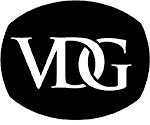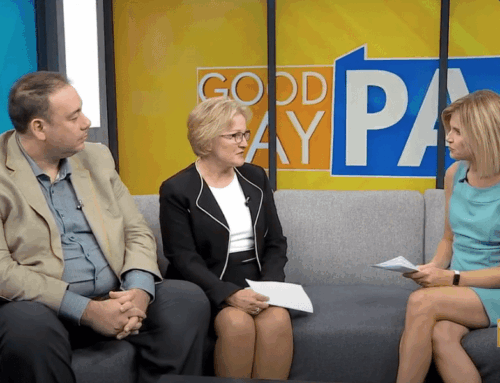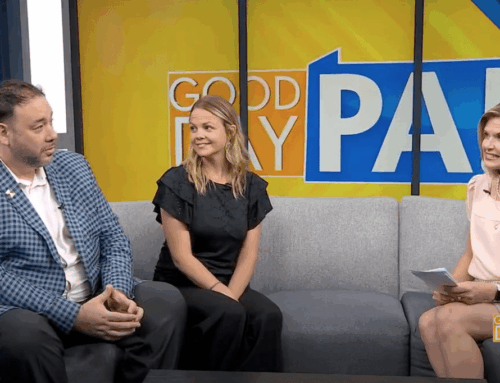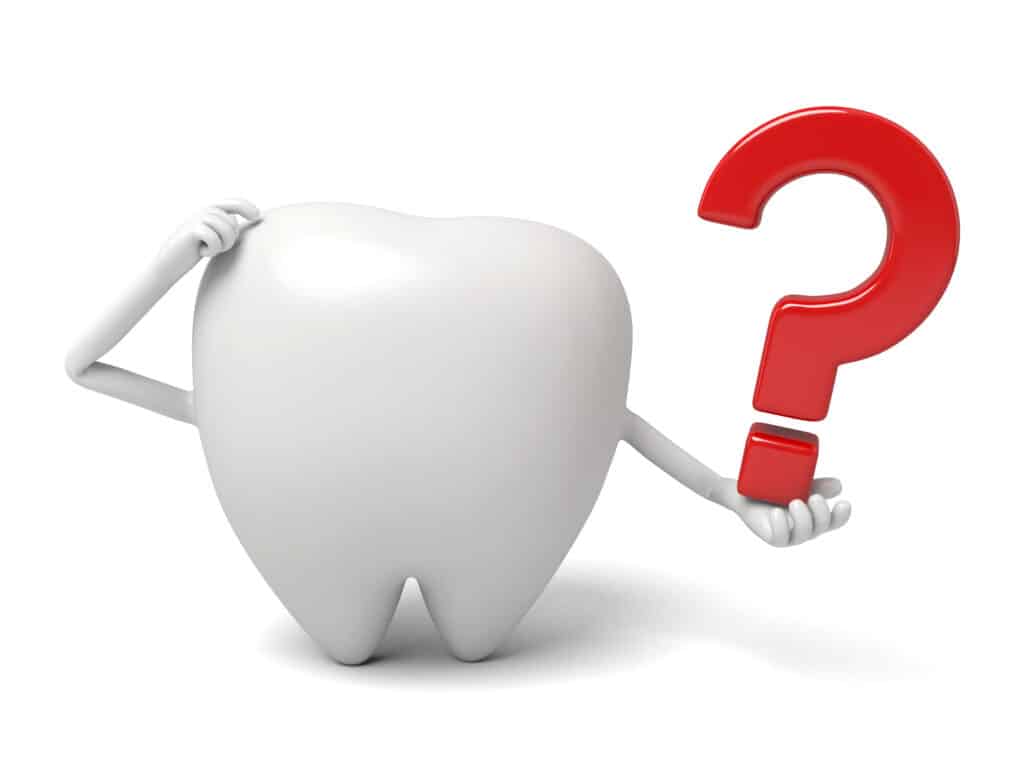
From Dr. Michael Verber:
***These are my personal interpretations of the guidance from the PA Department of Health. I am only trying to determine the legal bottom line that limits what can be done in the practice of dentistry as of May 8, 2020. My arguments are only based on what I interpret from the language in the document. I am not trying to interpret the intent. They are in no way representative of what I believe is best or what should be done. The entire text of the release is included, with my comments.
PENNSYLVANIA DEPARTMENT OF HEALTH
***I believe that the State of Pennsylvania for the most part is the governing body that ultimately mandates dentistry in our commonwealth. I believe the direction outlined in this document supersedes recommendations from organized dentistry, the CDC, and other organizations. Exceptions exist in areas where federal jurisdiction governs (OSHA, etc.)
REVISED Guidance on COVID-19 for Dental Health Care Personnel in Pennsylvania
May 8, 2020
***This seems to be effective immediately upon release. Any previous guidance from the State is moot. I believe that it is possible, even likely that the guidance may change or reverse itself in the near future.
The Department of Health (Department) is revising healthcare community guidance to reflect Governor Wolf’s strategic phased reopening plan, particularly related to performing non-urgent procedures. There is still no data available to assess the risk of COVID-19 transmission during dental procedures; however, there is a better understanding of which procedures have increased risk of transmission and how to utilize Personal Protective Equipment (PPE) to reduce the risk. Therefore, the Governor and the Secretary of Health have revised their business closure orders issued on March 19, 2020, as subsequently amended, to remove the prohibition on “elective,” i.e., non-urgent and non-emergent, dental procedures.
***This paragraph clearly revises the March 19, 2020 orders and rescinds the prohibition on all “elective” procedures. The language above indicates all elective procedures, including preventative hygiene visits are allowed. There are provisions written below below that qualify things further with some limitations.
***This guidance also clearly moves dentistry into the essential business category, which means that Governor Wolf’s red, yellow, green system is not driving the guidance on dental offices.
All providers licensed by the Pennsylvania State Board of Dentistry should adhere to the following operating protocols state-wide.
***Is this nod to the PA SBOD an indication that the DOH is putting some of the enforcement and interpretation of this guidance into the hands of the SBOD?
Each dental provider should apply their clinical judgment along with their knowledge of the incidences of COVID-19 cases in their area, the needs of their patients and staff, and the availability of necessary supplies to assess whether to re-engage in the provision of non-urgent and nonemergent dental care.
***I believe this is clearly allowing the personal opinions of providers to govern decisions with regard to safety as it relates to the delivery of care.
For example, if a clinician determines that lack of treatment will result in irreversible damage to a patient, the clinician should pursue treatment with the appropriate level of PPE per Occupational Health and Safety Administration (OSHA) and CDC Interim Infection Prevention and Control Guidance for Dental Settings During the COVID-19 Response guidance relative to PPE. Providers should routinely consult the CDC guidance when providing care, noting that recommendations and guidance could change frequently.
***Key points: This paragraph is not discussing elective care. It is discussing care that stops the progression of disease. It says NOTHING about aerosols with relation to these procedures. I believe it is also again saying that the classification of these procedures are based on the personal opinion of the individual provider. It also says “damage to the patient”, not to the tooth or to the oral cavity. I believe that most of the procedures done in the dental office are done to prevent irreversible harm to the patient. By definition this can be any procedure that isn’t purely cosmetic or preventative. The mention of OSHA and CDC guidance relates to only to the PPE necessary. It does not suggest OSHA or CDC guidance govern the types of procedures performed.
Providers may perform non-aerosolizing, non-urgent and non-emergent care only if proper PPE, per OSHA guidance, is available for all dental care practitioners, including dental hygienists. Procedures that create a visible spray that contain large particle droplets of water should not be performed because they are considered aerosol generating; however, as a last resort when clinically necessary, aerosol generating procedures are allowed, only if proper PPE, per OSHA guidance, is available for all dental care practitioners including dental hygienists, since not all patients who have COVID-19 are symptomatic, i.e., they could be asymptomatic or pre-symptomatic. The Department of Health and the Pennsylvania Emergency Management Agency are not currently prioritizing dental practices for PPE distribution, so proper PPE must be secured by the practice.
***Key points: This paragraph refers only to cosmetic, preventative, and care type that is don’t address active disease. This is the first mention of aerosols. I believe aerosol restrictions in this document apply to these procedures and only these procedures. The paragraph also defines what will be considered aerosol producing procedures. It should be understood that breathing and talking produce aerosols, and that there is no human activity that is not aerosol producing. The definition of aerosol producing procedures here are those that create “a visible spray that contain large particle droplets of water.” While it is very difficult to interpret the practical application of this, I believe the bottom line is the use of simultaneous air and water spray from hand pieces or syringes during preventative or purely cosmetic procedures is prohibited.
***The previous paragraph also indicates that PPE is necessary and will likely be a limiting factor.
If infection control protocols outlined by the CDC and OSHA cannot be followed, the procedure should not be done.
***Another reference to CDC and OSHA. However, it is referencing infection control protocols and not their recommendations with selection of procedures.
All patients should be screened for symptoms of COVID-19, such as temperature over 100.4 degrees Fahrenheit, cough or other symptoms, before arriving at the practice, social distancing should be maintained while in the practice, and patients should wash or sanitize hands frequently and wear a mask when not undergoing treatment. Tele-dentistry should continue to be employed when possible as patients might be able to be treated virtually with antibiotics and pain medication. Please remember to continue to use proper opioid guidelines in the dental practice, per clinical judgment.
PATIENTS SUSPECTED OF CONFIRMED TO HAVE COVID-19 The Department is aware that many dental practices will not be able meet the stringent infection prevention and control requirements for treating patients suspected or confirmed to have COVID-19. If emergency dental care is medically necessary for a patient who has, or is suspected of having, COVID-19, airborne precautions (an isolation room with negative pressure relative to the surrounding area and use of an N95 filtering disposable respirator for persons entering the room) should be followed. In these cases, dental treatment should be provided in a hospital or other facility that can treat the patient using the appropriate precautions.
***Questions:
- Can air and water be simultaneously from a syringe during an exam? I believe this should be avoided, but I don’t know if this document legally prohibits it. I believe diagnostic procedures do prevent irreversible damage from disease.
- Can prophy angles be used to do coronal polishing? Yes, I do believe that the definition of aerosols allows for this.
- Are extra air handling measures required? I do not see anything in the document that suggests these measures are a requirement. I do personally believe that things like air filtration systems, additional HVE tools, and more thorough disinfection procedures are in order… just not required.
- Can a Cavitron be used for hygiene patients? I believe a Cavitron can be used on a scaling and root planning patient because you are treating active disease. I believe it is prohibited at this time for prophies and perio maintenance appointments. Hand scaling will be required. I believe the CDT code that is billed governs this.
- Can I use a hand-piece to treat carious lesions? I believe so. Decay is a progressive disease.
- Can I start an ortho case that will require the use of a hand piece? Yes, if the ortho case is treating a functional or developmental issue.
- Can I start a veneer case? I believe the answer is no. Veneers are elective cosmetic procedures that usually require a high-speed hand piece. The exceptions would be veneers done in conjunction with other treatments that are addressing biological or functional needs.
- Can I finish a veneer case? Yes, any active treatment should not be delayed if there is a risk that delay could cause harm.
- Can implants be placed? I believe so, if waiting could result in migration of teeth, loss of bone, or reduced function.
- Are whitening treatments allowed? Yes. They not meet the definition of aerosol procedures.
- What is the bottom line? I believe the bottom line is no new veneer cases, no Cavitrons at preventive/maintenance visits, strict adherence to OSHA PPE guidelines, and an abundance of caution.

